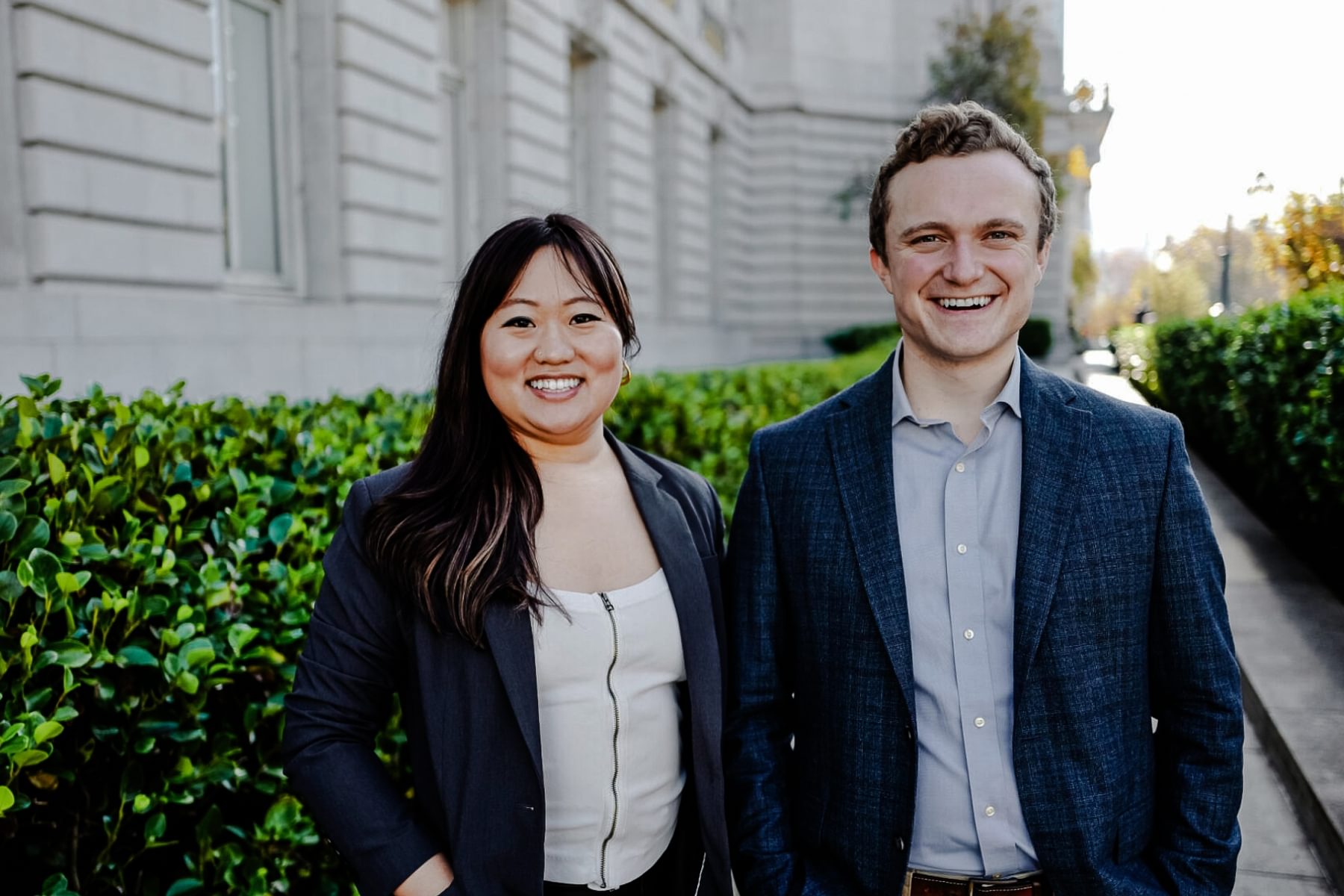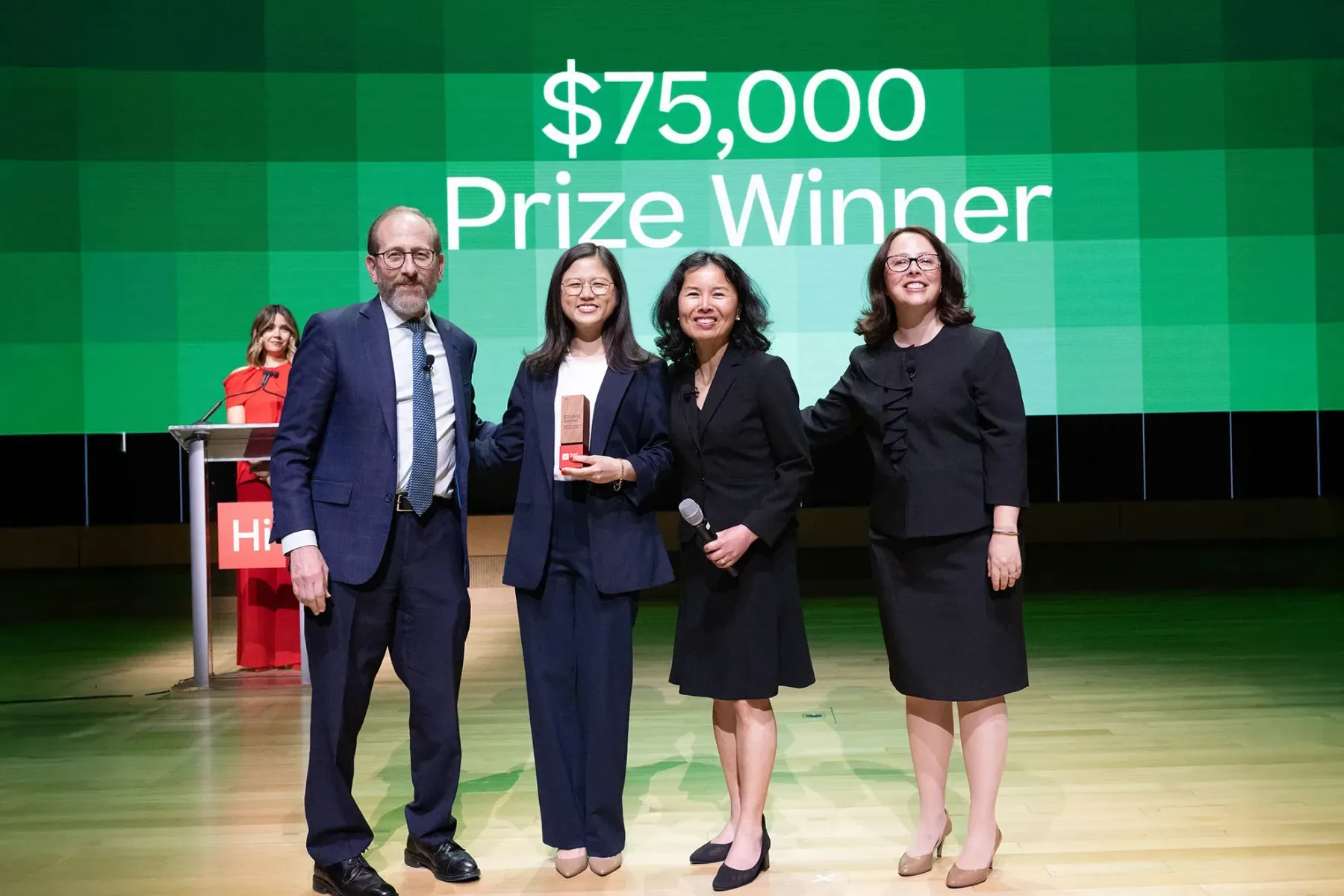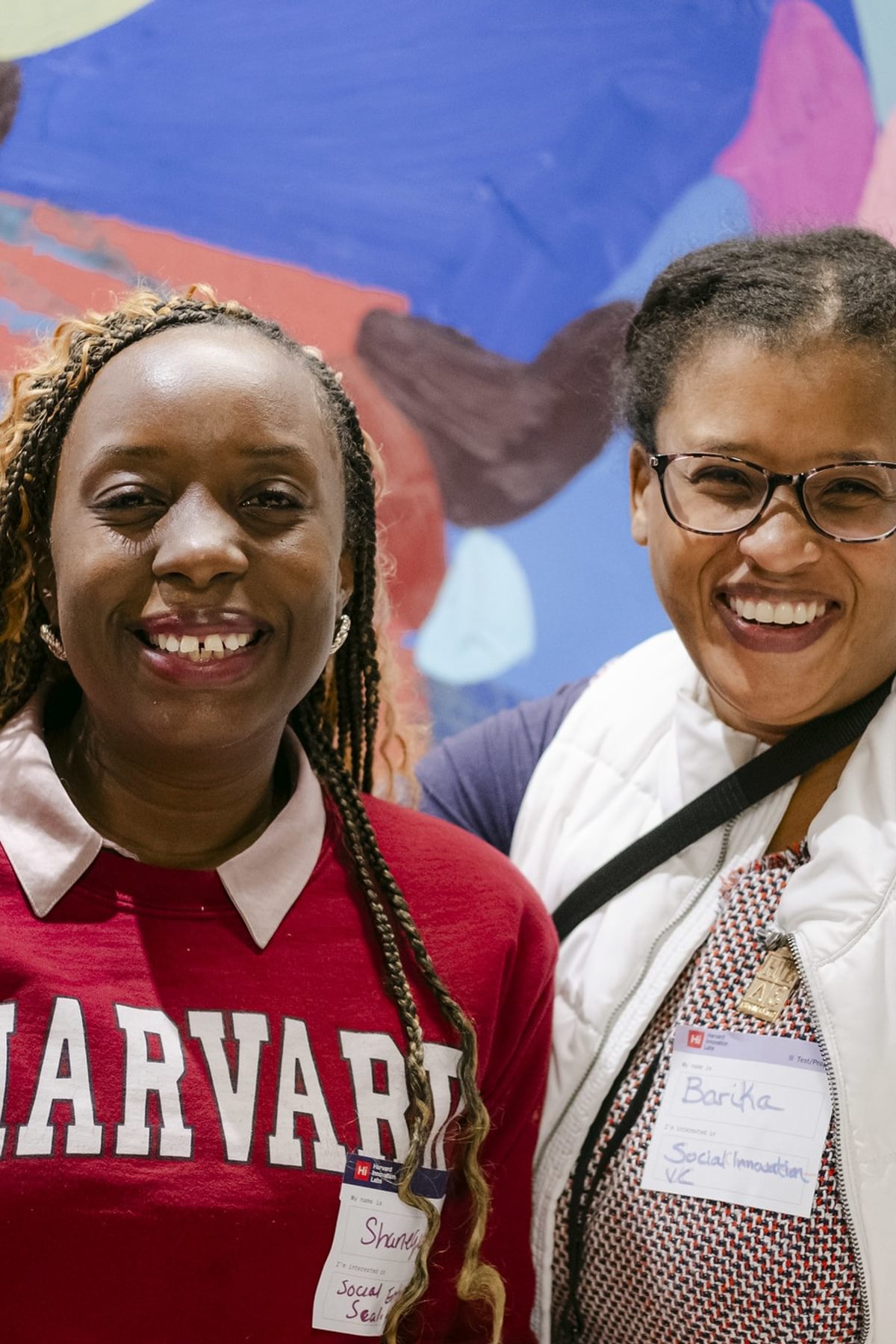The stats are hard to swallow. Over 40% of plastic – invented in 1907 and, by many measures, a miracle material – is used just once. Plastic bottles and bags take up to 1,000 years to biodegrade (for context: 1,000 years ago, in the Middle Ages, only about 250 million people lived on Earth; guns didn’t exist; a Viking became the first European to set foot in America; and forests covered 45-60% of the Earth’s surface, compared to today’s 31%).
At this rate, our bottles could still be hanging around a millennium from now, as only about 9% of plastic waste is recycled globally. To make the issue even more personal, today, plastic particles are found in the guts of the animals we eat, the water we drink – even the raindrops falling from the sky. In other words, we humans are, ourselves, now part-plastic. And that might be even harder to swallow.
What’s the fix? We know there’s no easy one – but we also know that there are innovations in the making that could turn (and clean up) the tides. So, in support of the global Plastic-Free July initiative and the well-being of our planet in general, we connected with a Harvard Innovation Labs team on a mission to reimagine what plastic can be. Now in their second term of the Venture Incubation Program, Avinash Manjula Basavanna and Anna Duraj-Thatte are making strides toward developing a robust, eco-friendly, scalable (and, frankly, brilliant) material they call AquaPlastic.
It’s easy to despair about the plastic menace – but chatting with Avinash sparks a sense of hope. Here, he introduces us to AquaPlastic, which biodegrades in an astonishing 2 months, and tells us about the promising future for bioplastics.
i-lab: What inspired you to create AquaPlastic?
Avinash Majnula Basavanna: Anna and I regularly chat about research, life, and beyond. One time, we started brainstorming possible solutions for the plastic menace that has not only polluted our lands and oceans – but is also entering into aquatic and non-aquatic living beings, including humans, at an alarming rate in the form of microplastics.
Although the recent plastic bans in Europe (and in some US cities, including Boston) are encouraging, we realized that a permanent solution would require microbially produced plastics that are biodegradable, robust, and scalable, with properties comparable to traditional plastics.
“Plastics are not just an environmental issue but…a potentially irreversible global health issue. Americans are estimated to consume about 50,000 microplastics every year – and another 50,000 particles by inhalation.”
What are your backgrounds – and how are they helping you solve the plastic problem?
Anna and I are pursuing our postdoctoral research at Harvard’s Wyss Institute for Biologically Inspired Engineering. And we share an interest in employing engineered microbes as factories to produce functional materials that can impact our day-to-day activities as well as offer sustainable solutions to burning problems.
We realized that plastics are not just an environmental issue but a potentially irreversible global health issue, which ultimately led us to team up for our AquaPlastic venture. Anna’s synthetic biology background and my expertise in materials engineering were just tailor-made to develop our AquaPlastic.
So how does AquaPlastic work, exactly?
Plastic has become an integral part of human’s day-to-day activities and over 335 million tons of plastic get produced globally every year. As these synthetic polymer-based plastics are non-biodegradable, they have led to increasing number of landfills and accumulation in water bodies, including the ocean’s deepest points.
Recent studies have shown an alarming presence of microplastics not just in animals but also in the human gut in the form of microplastics. Shockingly, Americans are estimated to consume about 50,000 microplastics every year – and another 50,000 particles by inhalation. Although plastic bans and reduce and recycle initiatives are promising, an ultimate solution warrants the development of biologically produced biodegradable bioplastic, which is a multibillion-dollar enterprise that is positively impacting global health and the global ecosystem by enabling a circular economy.
Traditional plastics require non-renewable petrochemicals, whereas AquaPlastic was produced from engineered micro-organisms under ambient conditions. AquaPlastic is biodegradable, easily scalable, and offers properties that are either comparable or superior than other bioplastics and conventional plastics.
“AquaPlastic is biodegradable, easily scalable, and offers properties that are either comparable or superior than other bioplastics and conventional plastics. It also possesses imprinting, coating, aqua-healing (self-healing), aqua-welding (3D architectures can be fabricated by using water as glue) and aqua-molding capabilities."
When it comes to other biodegradable bioplastics prevalent in the market, the constraints on arable land limit the scalability of plant-sugar based bioplastics, while the complex synthesis and properties limit broader scope for biopolyesters like polylactide (PLA) and polyhydroxyalkanoate (PHA).
Because it is engineered, AquaPlastic solves for these limitations, and is resistant to strong acids/bases and organic solvents. It also possesses these capabilities:
- imprinting
- coating
- aqua-healing (if there are scratches or cuts in AquaPlastic then we can fix them by spraying water droplets and drying under ambient conditions, which will heal those abrasions)
- aqua-welding (3D architectures can be fabricated by using water as glue: this is something no other plastic can do)
- aqua-molding
So we’re guessing that the name “AquaPlastic” comes from all these properties – and also the fact that it is, unlike regular plastic, aqua-friendly?
Yes, you are absolutely right! In addition to all of the above features, our studies indicate that AquaPlastic biodegrades in about 2 months, similar to other biopolymers.
What are possible applications for AquaPlastic?
The bans on single-use plastics in Europe in 2018 has resulted in greater demand for bioplastics (biodegradable plastic). Recent discoveries of microplastics in animal and human guts has further strengthened the dire need for biodegradable bioplastics.
Bioplastic production is estimated to be about 0.3% of global plastic industry (over 335 million tons per annum) and the global market is expected to grow a minimum of 20% over the next five years into a multibillion-dollar enterprise. We see tremendous opportunity for AquaPlastic and are primarily targeting packaging, construction and other consumer products industries.
What are you hoping to achieve during your time in the Harvard Innovation Labs' Venture Incubation Program?
We both have academic backgrounds – and no experience as entrepreneurs. So, the spring Venture Incubation Program was instrumental in equipping us with the necessary skills to handle the challenging task of commercializing our AquaPlastic. While in the summer Venture Incubation Program, we are hoping to further strengthen our skills, conduct market research, and put AquaPlastic to market.





